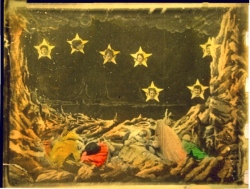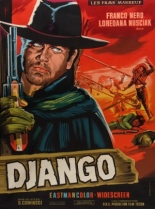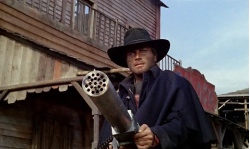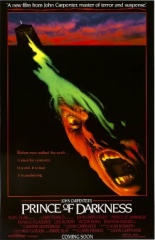
 There are seven reasons why John Carpenter’s Prince of Darkness is awesome:
There are seven reasons why John Carpenter’s Prince of Darkness is awesome:
1. The plot revolves around an aged container of sickly green liquid that contains Satan himself. “A life form is growing out of pre-biotic fluids. It’s not winding down into disorder, it’s self-organizing.” The idea is so ridiculous, it’s awe-inspiring.
2. This is auteur John Carpenter at his most unfettered, working with extremely low budgets and unconstrained by the dictates of producers. Yes, some effects are dodgy, the acting is rough, and this ain’t a suspense classic like Halloween or a monster epic like The Thing. But when vested in the material, Carpenter works the creepy like few can. The dream sequences gave me daymares for weeks.
3. Right smack in the middle, a religious tome reveals that Jesus Christ was an extra-terrestrial who tried to warn humans about the dangers inherent in the liquid, and no one bats an eye. That is some cold analytical shit happening right there.
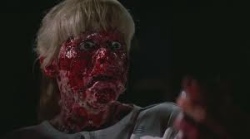 4. Carpenter wrote the screenplay as Martin Quatermass, after the hero of the British Quatermass films, and their influence is obvious. Technobabble such as “Say goodbye to classical reality, because our logic collapses on the subatomic level … into ghosts and shadows” does epic battle with theological nonsense: “It’s your disbelief that powers him. Your stubborn faith in, in … common sense. He lives in the smallest parts of it.”
4. Carpenter wrote the screenplay as Martin Quatermass, after the hero of the British Quatermass films, and their influence is obvious. Technobabble such as “Say goodbye to classical reality, because our logic collapses on the subatomic level … into ghosts and shadows” does epic battle with theological nonsense: “It’s your disbelief that powers him. Your stubborn faith in, in … common sense. He lives in the smallest parts of it.”
5. The soundtrack is a classic Carpenter synth score.
6. Donald Pleasence! Victor Wong! An unlikely odd couple who debate Carpenter’s absurd science-vs.-religion dialogues with grace and aplomb.
7. Can we get a little love for the lesser Simon? Yes, we all dig Major Dad, but dammit, Jameson Parker needs some respect! And he rocks the ‘stache! —Corey Redekop

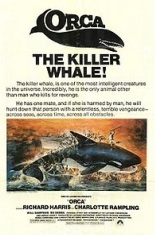
 It’s impossible to watch
It’s impossible to watch 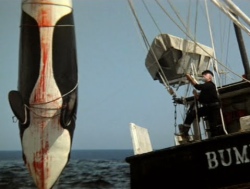
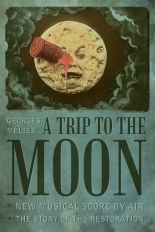
 With roughly 14 minutes, no sound and the barest of film technology, Georges Méliès sure did pack a ton of stuff into
With roughly 14 minutes, no sound and the barest of film technology, Georges Méliès sure did pack a ton of stuff into 